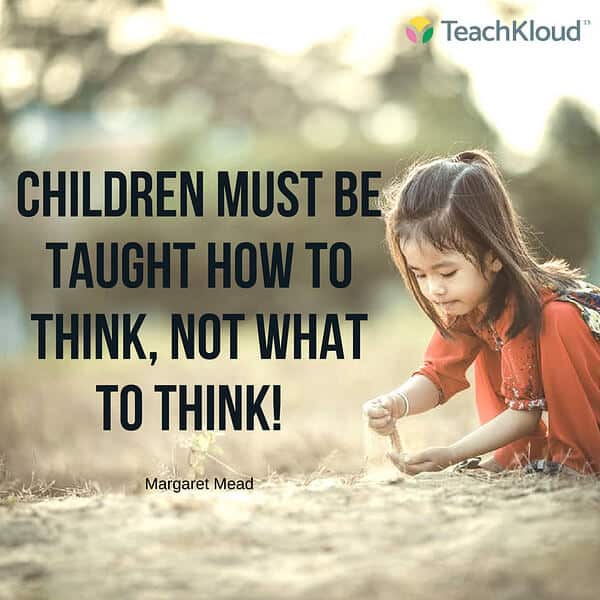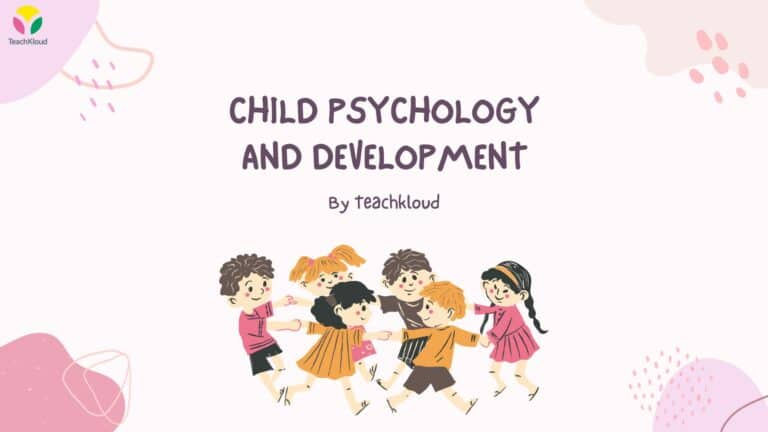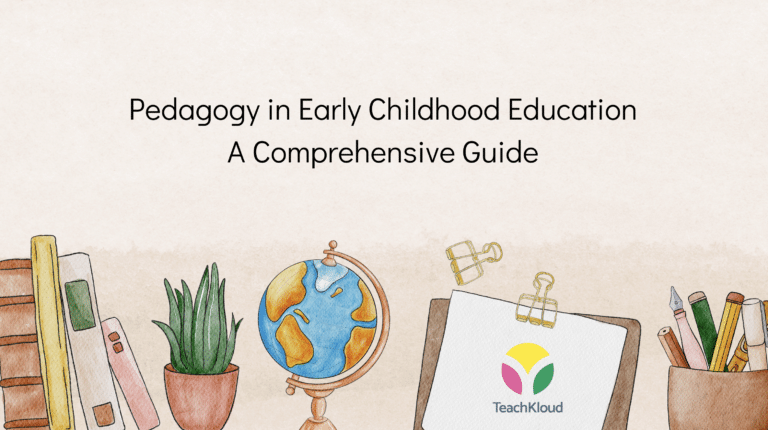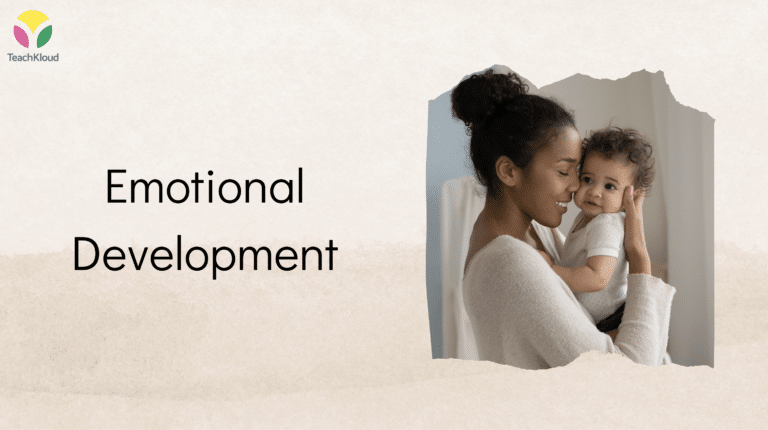Reggio Inspired Literacy: Experiences, Environment, and Provocations to Make Learning Meaningful!
A Brief History of Reggio Emilia
The Reggio Emilia Approach was created in the 1940s following World War II. People wanted a change in the education system. Children needed to learn in a way that they could express their unique personalities and ideas. Loris Malaguzzi and the parents in the villages surrounding Reggio Emilia created the new approach and respectively called it the “Reggio Emilia Approach”. As time went on, many became interested in the Reggio Emilia Approach and wanted to learn more about it.
What many educators found was that, unlike the Montessori Method, the Reggio Emilia Approach does not have teacher training programs. In addition, there are no Reggio Emilia schools. Instead, schools and programs that incorporate the approach are known as “Reggio-inspired”. It is important to remember that because there is no “manual”, no two Reggio-inspired programs are the same. Every program has a different group of ELs and within those different groups there are different talents. I think you will LOVE our short masterclass on the Emergent Curriculum, which has practical strategies for childcare professionals. It is free to watch here.
A successful Reggio-inspired program follows the eight principles of the approach. These principles are:
- Emergent Curriculum
- Project Work
- Representational Development
- Collaboration
- Teacher as Researchers
- Daily Documentation
- Environment
- Roles of the Parents, Teachers as Partners
Literacy: Reggio Style
Now that you have a brief history of the Reggio Emilia Approach, it’s time to discuss how you can create a Reggio-inspired literacy environment. As always, it is important that you refer back to the eight principles to the approach.
One of the most important parts of the Reggio Emilia Approach is observation. You need to observe your ELs and see how they learn. Each student has their own unique learning style. Some are visual learners, while others are tactile learners. Understanding how your ELs learn is the first step in creating a Reggio-inspired literacy environment. In addition to observing how they learn, observe their interests. Many Reggio-inspired classrooms base their lessons on the ELs’ interests. Maybe your ELs are very interested in nature or weather. Use their interests to create an environment in which they will ask questions and investigate. Watch our Observation, Documentation and Reflective Practice in Early Childhood Education: Practical Strategies Professional Development Video with an e-Certificate!
In the Reggio Emilia Approach, the environment is known as the third teacher. A warm, welcoming environment encourages learning. If the ELs feel comfortable in their environment, they will be successful learners. In addition, the environment has to be rich with learning. What does this mean? It means that the materials within the classroom are engaging for the children. Books, toys, manipulative’s are all important parts of a Reggio-inspired classroom. How does this play into creating a Reggio-inspired literacy classroom? Create a language-rich environment. This can be done by:
- Providing the ELs with writing materials (i.e., paper, pens, markers)
- Labeling everything in the room
- Teaching new vocabulary to the ELs
- Reading to the ELs and modeling that reading is enjoyable
- Providing books of all genres and/or, if appropriate, magazines
- Providing blocks and other literacy dramatic play toys (i.e., play street signs)
- Encouraging the ELs to incorporate writing into their play (i.e., play school and write on a chalkboard, play restaurant and take orders from a menu)
Since the Reggio Emilia Approach is generally used in early childhood settings, there isn’t a big focus on teaching ELs to read. Instead, ELs are introduced to letters and sounds. With that being said, it doesn’t mean that you cannot create a Reggio-inspired literacy centre that is on the ELs’ level. Even though the ELs may not be able to read, they should still be exposed to letters and words. For example, an appropriate Reggio-inspired activity for literacy would be a literacy table. Provocations, or items that entice the ELs, can include letter tiles, Spielgaben set, alphabet rubber stamps, alphabet stencils, markers, and paper. The ELs can experiment with these items at the literacy table. Even though they are not reading or maybe not able to spell words, they are still exposed to letters and sounds and how they should look on paper. By Using the Spielgaben set, the ELs can create letters with lightweight, wooden pieces. For older ELs, especially those who can already read and write, providing picture flashcards would be appropriate. The ELs can look at the picture and read the word. They can then copy the word onto paper.
Another appropriate Reggio-inspired activity is a children’s library. Creating an area within the room with beautiful rugs, chairs, bean bag chairs, and a variety of books is very enticing to the children. The library gives the ELs an opportunity to explore new genres of books. It also provides them with the opportunity to practice their book handling skills (i.e., holding the book correctly, looking at the words from left to right). If you enjoyed this article, I think you will LOVE our short masterclass on the Emergent Curriculum, which has practical strategies for childcare professionals. It is free to watch here.
Conclusion
The most important thing that you should take away from this article is a Reggio-inspired literacy area should be a language rich environment. ELs need to be exposed to vocabulary, items need to be labeled, and reading should be looked at as a fun activity and not as a torturous one. Always remember to make the environment fun. Children should be so involved and having fun with the activity that they do not even know they are learning!
Show the love and click the clap button. Join our blog for amazing giveaways and early childhood news!




